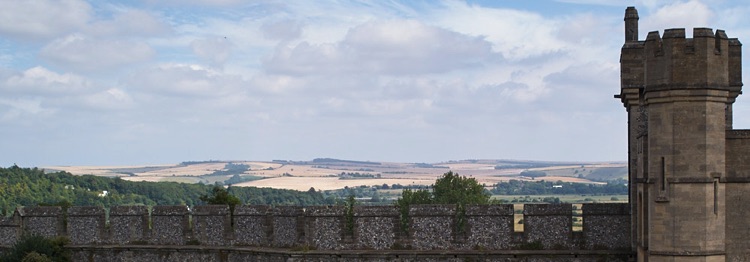
History
Castle construction was begun in 1067 on William I’s behalf by his half brother Odo, Bishop of Bayeux and later under William I direct supervision. William de Warenne, one of William’s foremost supporters continued work in 1080. William de Warenne and his wife Gundrada also founded Lewes Priory. Bishop Odo later fell out of royal favor when was involved in a rebellion against William II.
Lewes castle is one of two in England with two mottes. Both mottes still exist, but the second motte known as Brack Mount does not have any surviving fortifications. The castle was built to control the rape of Lewes. William had divided Sussex into five rapes each controlled by a castle. This was to ensure William’s access to the coast and to Normandy.
The Battle of Lewes was fought on 14 May 1264, between King Henry III and Simon de Montfort. de Montfort won the battle making him the de facto ruler of England.
John de Warenne , the grandson of the John de Warenne who fought for the king in the battle of Lewes was responsible building the the impressive barbican early in the 14th century. John de Warenne died without an heir and in 1347 the castle became the property of the earls of Arundel.
The town of Lewes was sacked by the French in 1377. Sir Edward Dallingridge, who was later to build Bodiam Castle, helped organize the Sussex defenses against the French that year. 1382 saw the castle damaged and plundered in a riot. In 1620 more of the castle was pulled down and the stone sold off.
Lewes Castle
Highlights
Norman keep and bastion sit high above the town
The keep and bastion are accessible via a steep walkway and stairs
Beautiful views of the Sussex countryside from the battlements
Excellent museum, with many local artifacts
See the site of the Battle of Lewes
Visitor Information
Open year round with paid admission
Car parks in Lewes or ¼ mile walk from railway station
Bathrooms available on site
Cafes and pubs in Lewes for refreshments
Gallery
Map
Website



